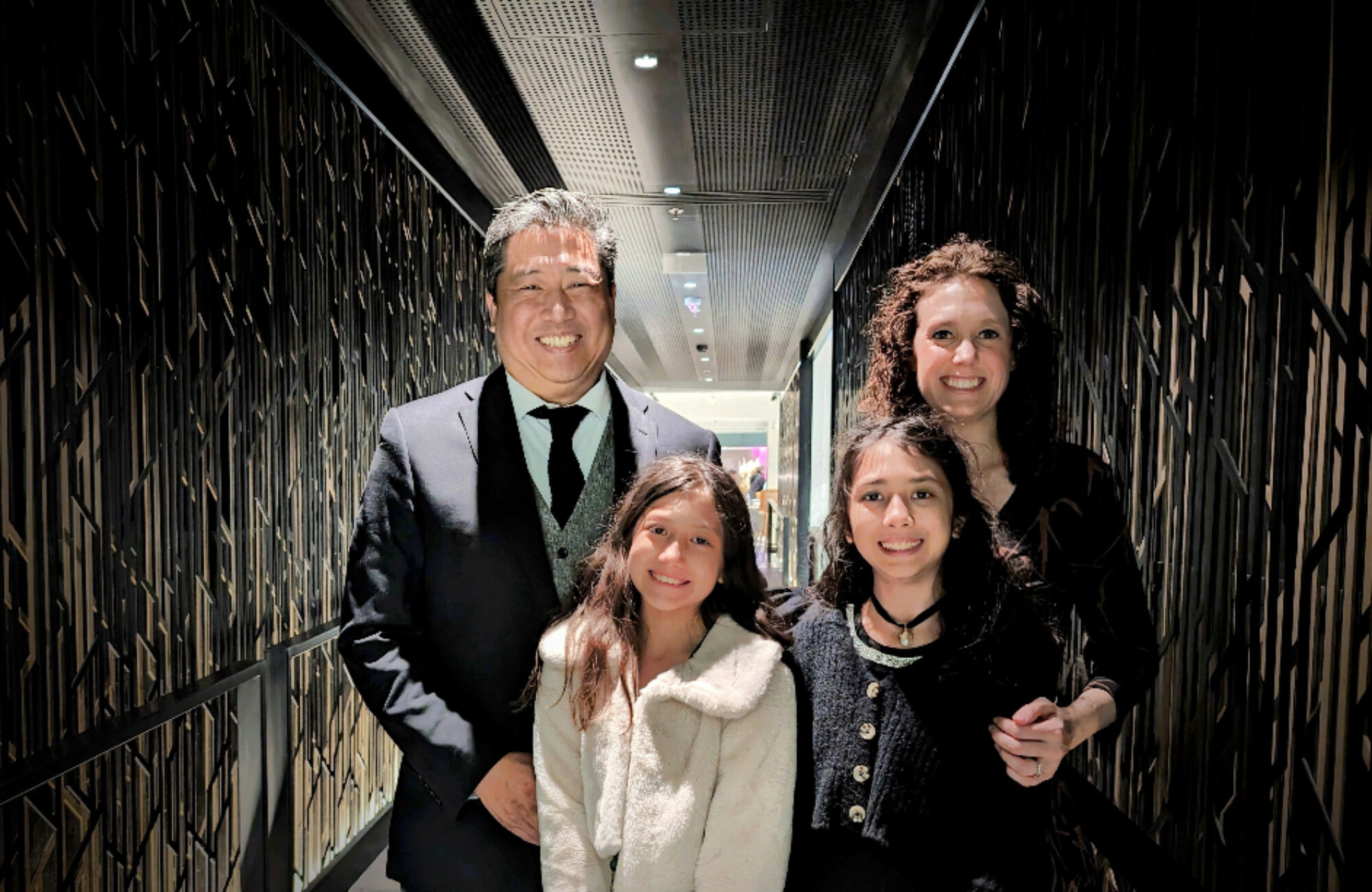October 24, 2004
I have never been fond of the idea of art history or art criticism because I did not believe that art should be formalized or categorized as to stifle the art itself. However, in turn I have had the discussion of “what is art?” many times amongst friends and recently artists. In the course of discussion, I realize that my bias has been as much of the withholding of the definition as to define what art is.
In a recent discussion it has become apparent to me that art can be anything, but once it is defined, it should be adhered to, much as life and science are until the point of view changes and is redefined. For example, is art the intent of the artist or the viewers’ perception of art? The two don’t really matter when it comes to art, but become important if one defines art in that way.
If I throw an egg onto a wall, is that art? If I ascribe meaning to the act of throwing, or the result of throwing, am I an artist? If the egg was thrown and we perceive meaning in the result or the act, is that art? The definition of art defines what is art.
The progression of art is also interesting in that there are many movements and eras that people ascribe importance to, again, whether or not it is important is, like art, dependent on the whether you believe in intent or perception; that is not relevant here.
When you start with representational art, that is art that looks like the subject, we have to take one step back. A viewer looks at a mirror and sees the reflection, he can see what he wants to see or ascribe meaning to what may be important. This is the first filter of the artist in the perception of the art. What you choose to see filters the perception of what is there. Obsession over a mole or blemish focuses the attention to that specific part of the whole. There is the entire scape of the bathroom and background. That initial filter defines the perception by viewer and artist.
Now when you reproduce the presentation, that is, you capture it some how, your point of view defines what is observed by the viewer. This first filter then has a second perception by a third party in the viewer. The art is representational but has intent defined by the first filter whether or not it was intentional. It should be noted that for our purposes, that intent defines an artist, while perception defines art whether by the artist or the viewer.
Representational art is presenting the subject as perceived through the senses. The primary expression is in the evocation through emotion or memory. If you filter the subject again through a media and form, you again focus the intent or perception on a specific aspect or direction. Abstraction of the representation becomes a second filter where there is a greater direction of the intent in the art and a direction for the viewer to follow. The third filter is now the viewer’s perception. The imposed perception still relies on the evoking of emotion or memory, but is far more directed.
Without a subject, an artist can create from a concept of a subject and present a definition of an emotion or landscape or topic. This is much like representational art without the representation, rather without the defined representation of a subject. Here the intent becomes more subjective in the artist’s interpretation of the concept as the first filter and the viewer’s perception as the second filter. Describing the conception is either intentional or non-intentional and defines the art. This is to say, if I see sadness as the color blue and paint a picture of blue, then there is an intentional representation of the concept and therefore only the artists intent and the viewer’s perception as the filters. I can however, define the concept in an abstract form that is intentional and create an interim filter between the concept and the viewing thus defining a form of conceptual abstraction.
There is another case however. If I cannot define sadness clearly and I let my art find an expression of that emotion through chaos, stream of thought, and undefined direction, then there is a yet a different filter where there is intent to define the concept or representation of a subject, but the lack of definition turns responsibility over to the viewer and their perception.
Another point of view is the interpretation of concept or representation, this is looking for the meaning behind the subject, whether it be spiritual, emotional, political, it is the ascribing of more than the existing meaning. This can take the form of defining titles to pictures or just the state of mind that exists while the art is being created or perceived. A desire to create a school of thought biases the painting towards a style. Defining the painting by a title or its placement amongst other works ascribes further meaning to the art itself. The point of view before viewing a painting places another specific bias upon the perception of that art.
In Practical Idealism (defining the parameters to be idealistic) there is a directed goal defined by specific parameters, much like poetry. Art in Practical Idealism is the definition of those parameters.
What art is, is unimportant, what artists ascribe is important to them. What we perceive as art is important to us. But what art is, is unimportant.

